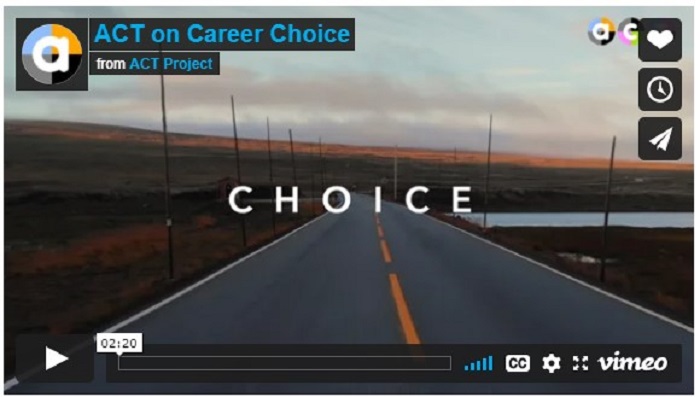Sonja Reiland February 11, 2021 · 3min read
Why should we persuade girls to choose a scientific career, if their career chances are much worse than the ones for boys?
Even though gender equality advances in Europe, yet it is not achieved and with strong disparities between the individual European countries [1]. Gender balance amongst researchers is one of the goals towards gender equality and the hurdles to overcome are so manifold and complex, that I would like to explain why the International Day of Women and Girls in Science – #11F – is an important day for science and society.
Why are girls less interested than boys to become scientists? Who knows!? I am sure there are many valid reasons as well as studies that try to answer that question. However, one thing should be clear. Those girls who want to become scientists should be free to follow their passion. Thoughts as: “normally scientists are men”, “men are cleverer than women”, “women should not be professionally ambitious”, or “maybe better to achieve a more feminine career”, have their origin in our masculine definition of career and specifically of science. These negative thoughts are often restricting the “free career choice” that many of us are supposed to have in Europe [2]. Gender equality in science means that girls do not have to fight with such an inner voice, holding them back from living and fulfilling their passion. That is why many activities at the F11 day aim at inspiring girls, by meeting women who do science because they like it.
This ACT video raises awareness of the vicious cycle between stereotypes and career choices.
Why is that important for the whole society? Those people, who are passionate about their job, are the ones who are good in their jobs. Hence, why should we discourage girls from choosing a profession, where they would be good at? Every modern society depends on research and innovation, and on every single talent! Everybody is different; everybody has different strengths and weaknesses, abilities, needs, worries, and dreams. We should learn from recent examples of sex and gender biases in research and innovation (e.g. machine learning for facial recognition showed discrimination based on gender and race), and make sure that we do consider diversity-related dimensions in research. The more diverse our leaders in research and innovation are, the more diverse will be the research topics and dimensions studied, the more detailed knowledge created, and the more creative will be the solutions to global challenges.
What about the career chances? It is the responsibility of all actors in the research and innovation ecosystem to ensure equal opportunities independently of sex and gender, and including minority groups. We need a systemic change. It is not only about quotas, but about embracing diversity, opening the research culture towards an unbiased and collaborative approach, and questioning current evaluation practices that promise “excellence”. By the way, if one day we finally achieve gender balance in science, it will be due to the effort of “all for all”, and not just of “women for women”.
This ACT video challenges the meritocracy system in academia.
ACT is an European collaborative project promoting Communities of Practice to advance knowledge, collaborative learning and institutional change on gender equality in the European Research Area. More videos from ACT are at the following link: https://act-on-gender.eu/project-outcomes
Acknowledgement: In the ACT LifeSciCoP (lifescicop.act-on-gender.eu) we discussed the question “Why should we persuade girls to choose a scientific career, if their career chances are much worse than the ones for boys?” as one of our members was challenged with it. Our discussion inspired me to write this short blog post. I hope it answered the question.
[1] https://ec.europa.eu/info/publications/she-figures-2018_en
[2] https://ec.europa.eu/info/research-and-innovation/strategy/era_en


